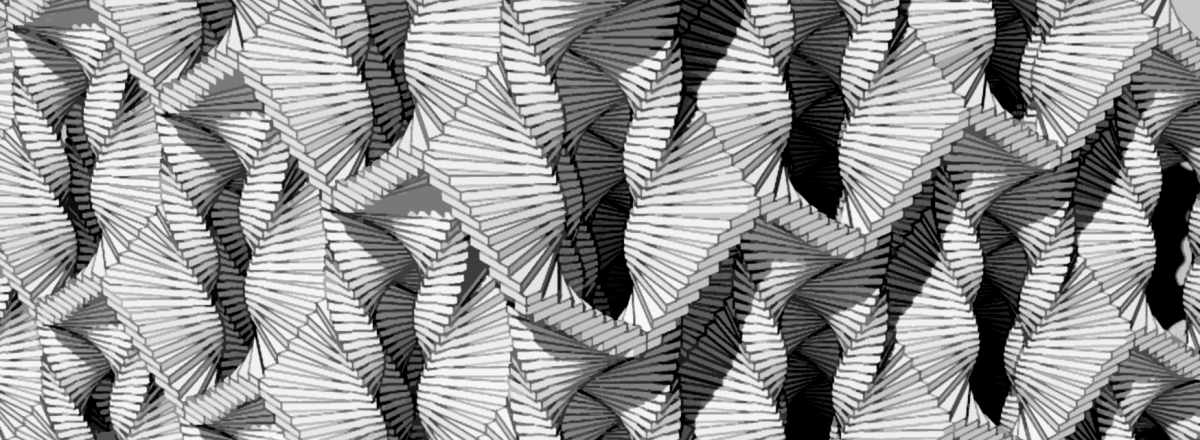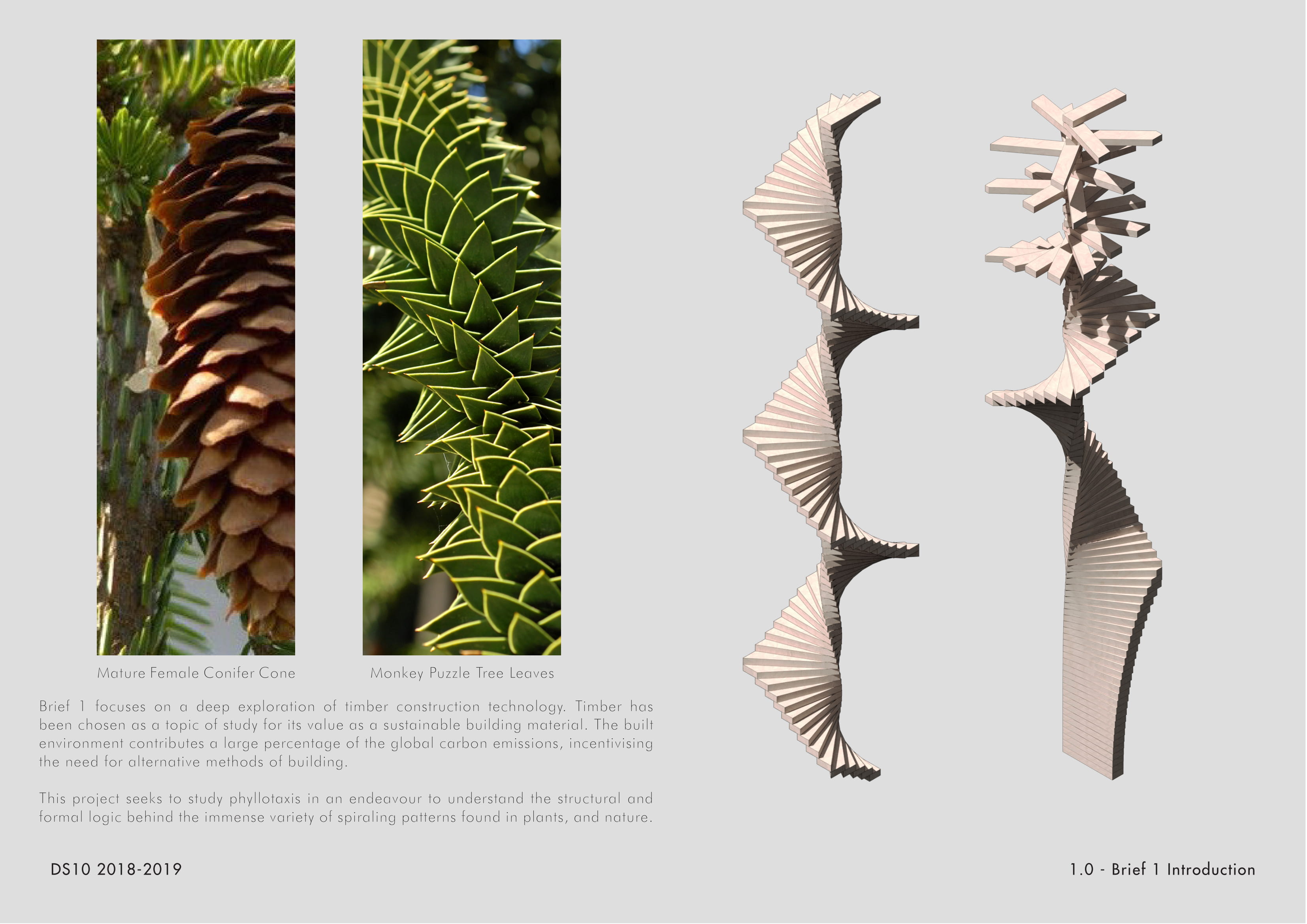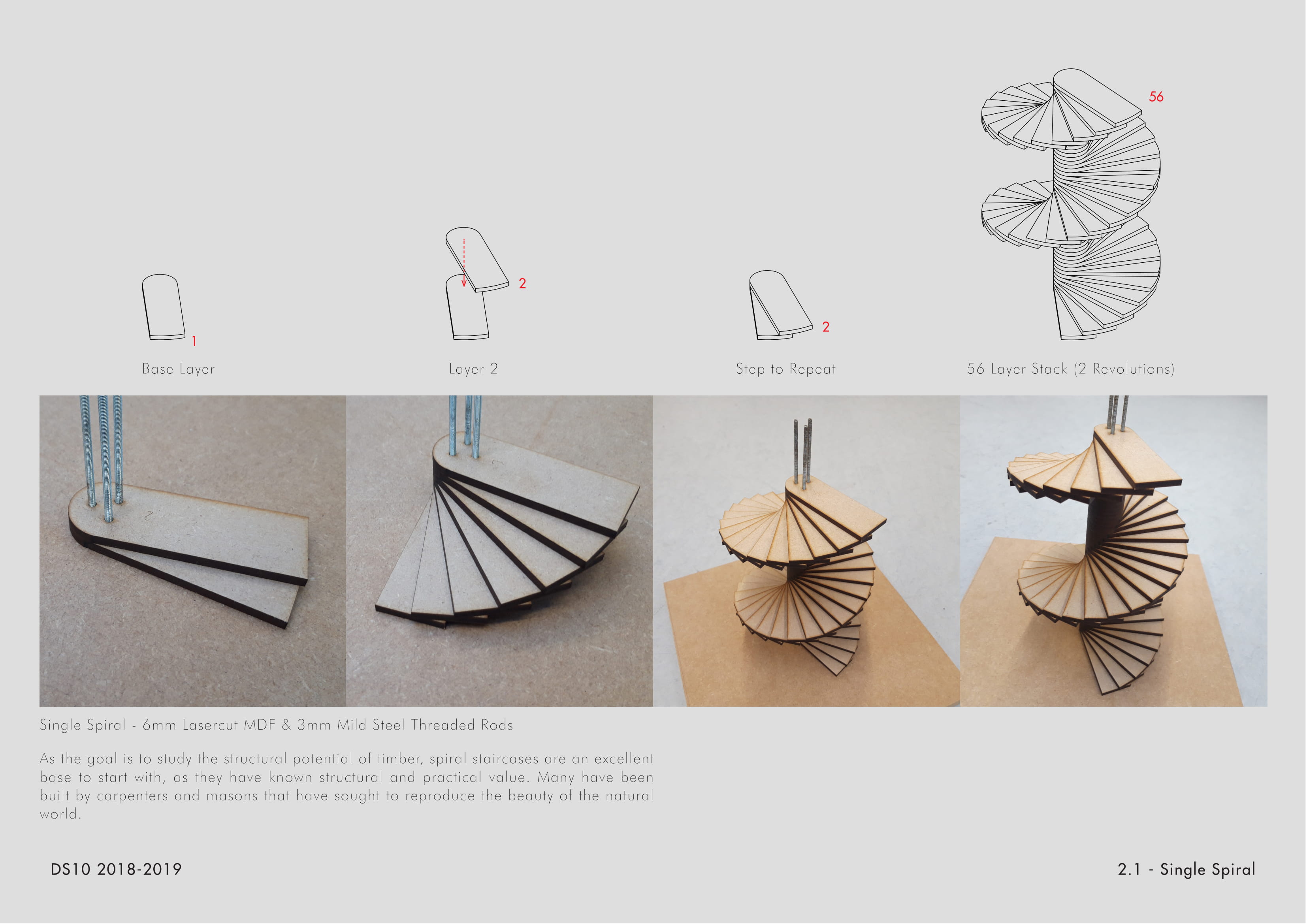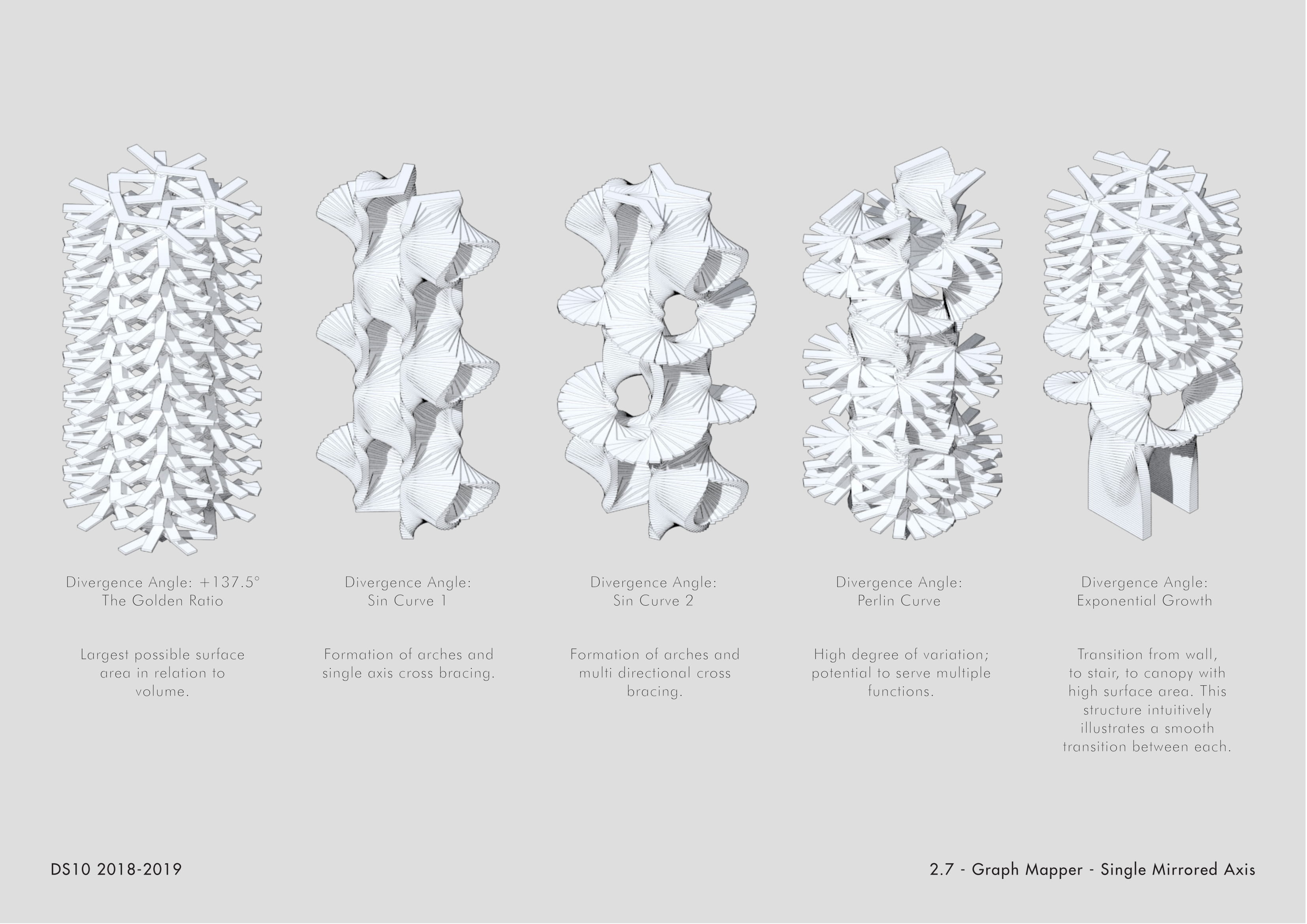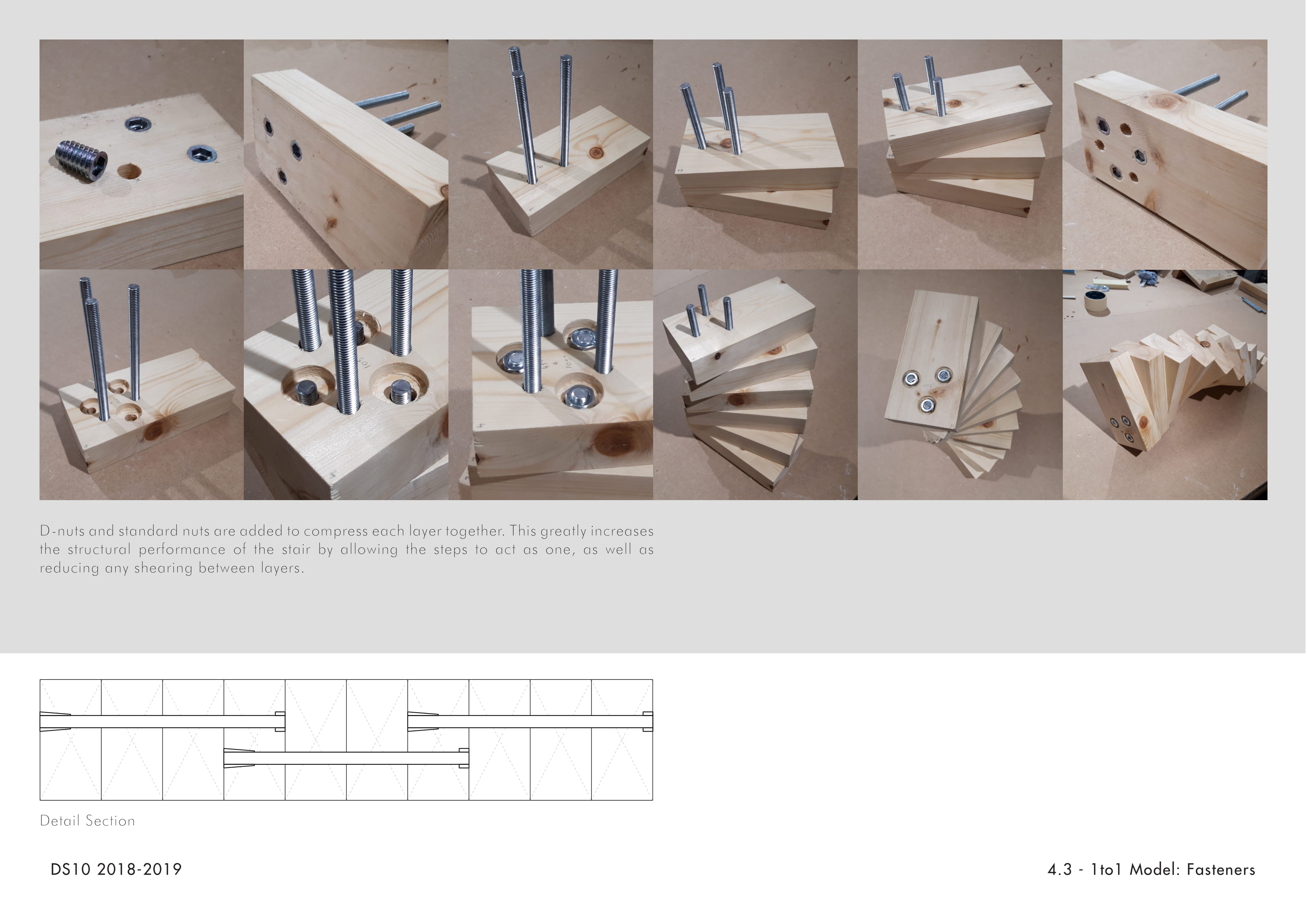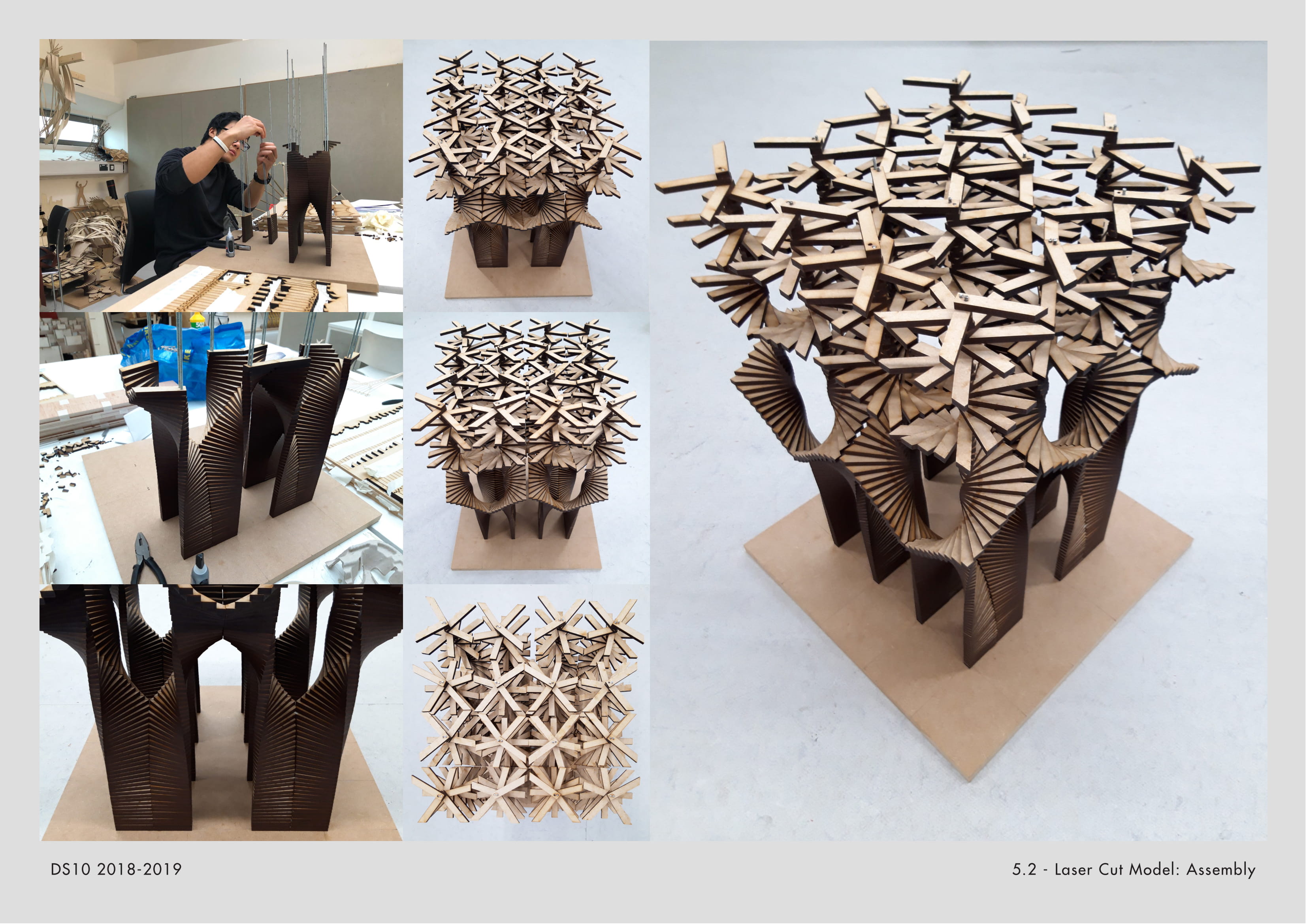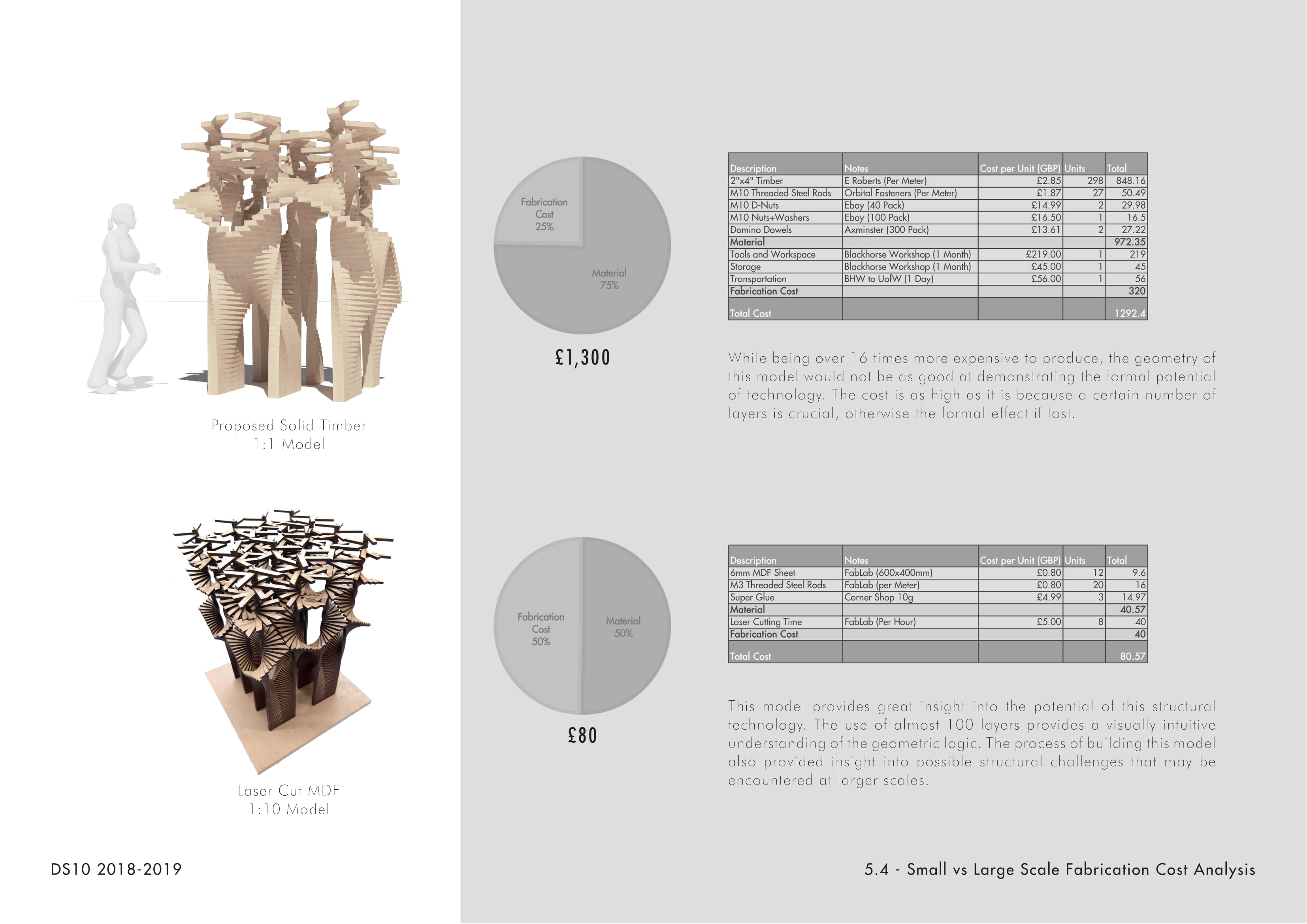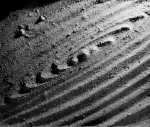Category: WIP
16th January 2014 Tutorial
Happy new year! We are back and had our first tutorials session today. Students are submitting their portfolio on Tuesday and have started the last brief (see all our briefs for the year here). Here are two projects which are worth sharing for the following reasons:
- Ieva Ciocyte’s elevation and plan drawings are very clear, with attention to details: traced Burning Man people, perfect shadows and lineweights, labels and dimensions. It just looks good.
- Andrei Jipa manipulated the G-Code of his 3D Prints to create a continuous extrusion. Instead of slicing the prints horizontally, he generated a print path that follows the geometry and goes up in a spiral.
More beautiful projects on Tuesday evening!
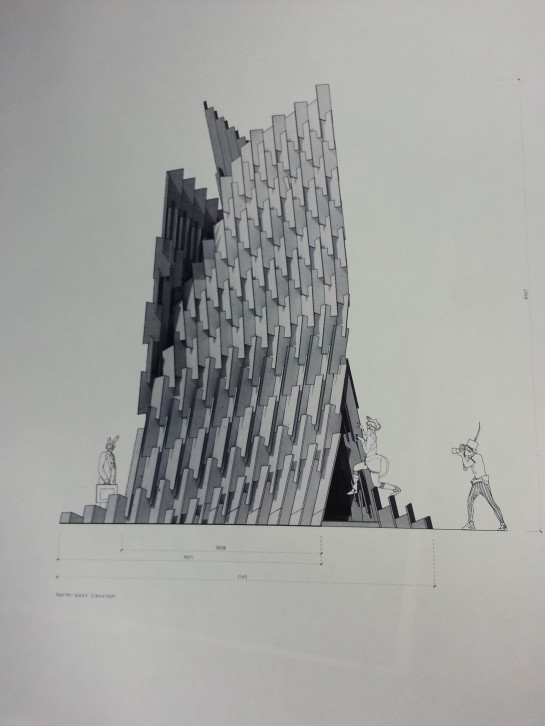
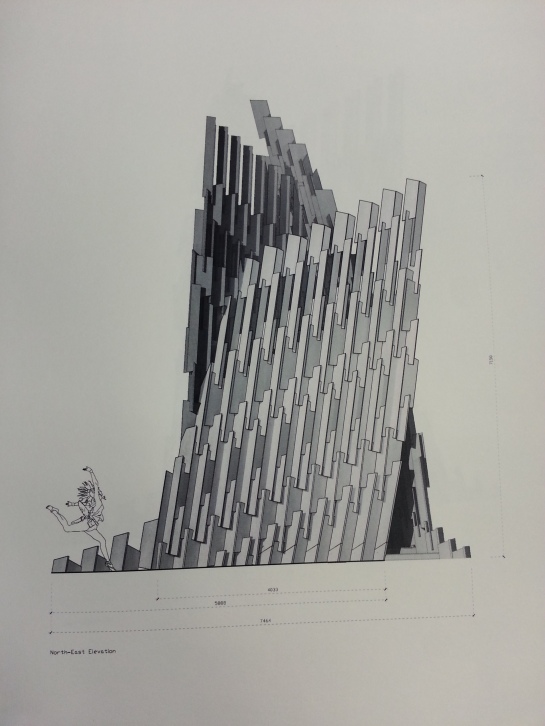




Harmonograph | Sand
A series of experiments tracing the movement of a freely oscillating pendulum in a layer of sand.
The pendulum’s centre of gravity is slightly off-centre, meaning that the the x and y components of its movement oscillate at very slightly different frequencies; the harmonic relationship between these frequencies causes remains constant as the amplitude decreases rapidly due to friction between the pendulum and the sand. The rate of decay of the amplitude can be controlled by the depth to when the pendulum penetrates the layer of sand.
Casts of these forms were made by pouring liquid plaster carefully over the sand once it had been held in place with a light coating of sprayed acrylic varnish.
For more infomation please visit www.dandodds.co.uk
FULL DUNE CREST POURING
The culmination of the crest pouring and component diversion technique… The pouring of a full dune in RealFlow to create the superstructure of the building. On the south facade large components create circular openings in the structure which are able to house fresnel concentration lenses. On the north facade smaller components create a thickened bottom edge to diffuse light back into the interior space.

